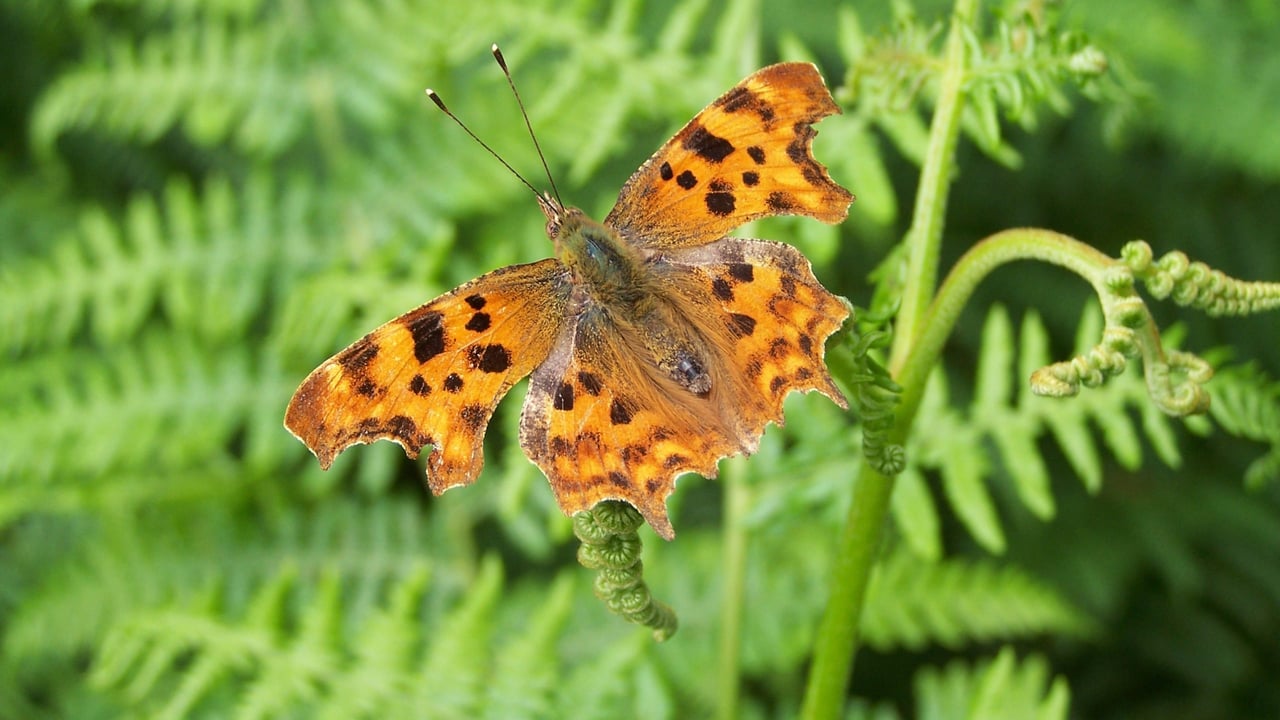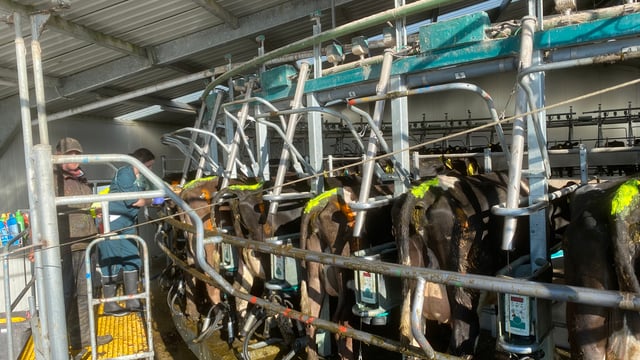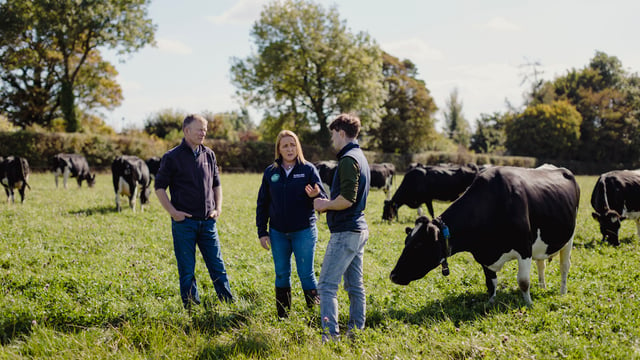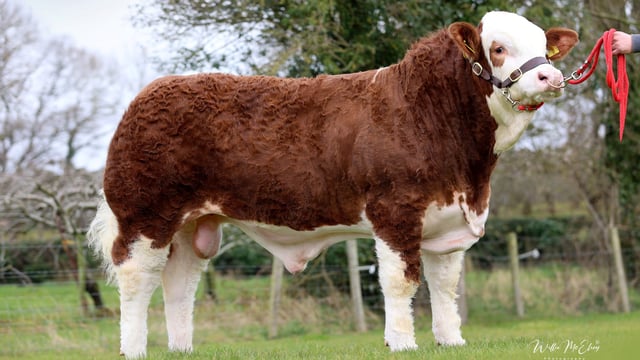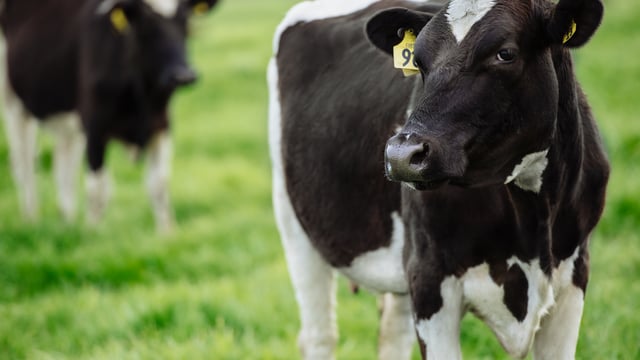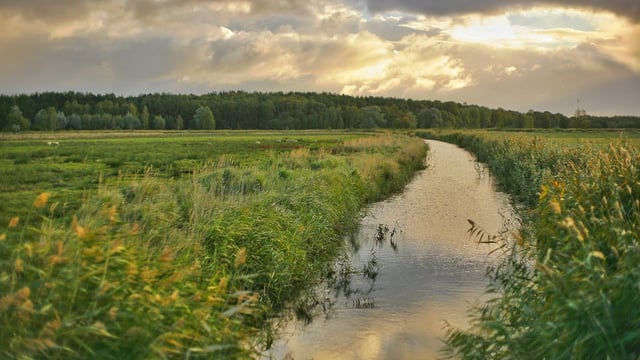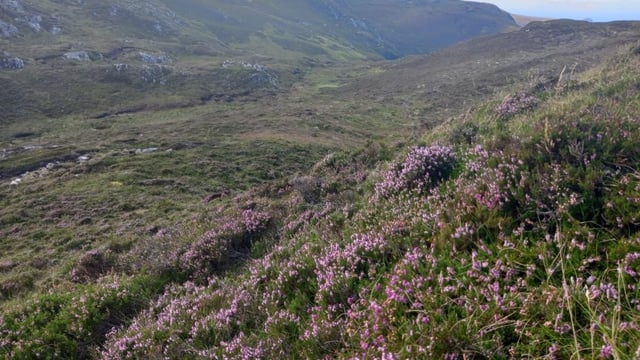Minister launches books to support nature restoration
Ireland’s butterflies and wild habitats are in the spotlight today (Friday, May 2), as Minister of State for nature, heritage and biodiversity, Christopher O’Sullivan, launched two new resources - the ‘Atlas of Butterflies in Ireland’ and the ‘Handbook for the Irish Vegetation Classification’.
The Atlas of Butterflies in Ireland presents a comprehensive account of Ireland’s butterflies from approximately 2010 up to the end of 2021.
It is the culmination of an all-island collaborative effort by the National Biodiversity Data Centre, Butterfly Conservation Ireland and Butterfly Conservation Northern Ireland.
The book draws on over 400,000 records which were contributed by more than 6,500 individuals.
Biodiversity in nature
Butterflies are good indicators of environmental quality in Ireland. They are sensitive to changes in climate and respond quickly to different land management decisions.
The Atlas includes records along with distribution maps for 40 butterfly species that have been recorded in Ireland, including 32 resident species.
The Atlas assesses key trends in butterfly populations over the period between 2010 and 2021. Of the resident species recorded:
- 16 showed no significant change in distribution;
- Seven species increased in their range, with the Comma butterfly showing the largest expansion in range since it was first recorded in Wexford in 2000. It is now common in the southern part of the country. This is considered a natural expansion due to climate change;
- Nine decreased in range, with the most dramatic being that of Wall. It has died out from large parts of the midlands, and is becoming increasing confined to coastal habitats. It is thought that this decline is the result of dual factors associated with excess nitrogen in the environment and a changing climate.
The research shows that while changing environmental conditions results in more favourable habitat conditions for a small number of resident species, it primarily creates conditions that are less favourable, leading to the decline in many species of butterflies in Ireland.
Speaking at the launch, Minister O'Sullivan said: “Butterflies are widely recognised as visible indicators of the state of nature.
"Any decline in their population is of concern to all of us, as insects provide food for many species of birds and are important pollinators.
“I would like to thank all of the volunteers and ecologists who contributed to these publications, including the thousands of butterfly recorders who dedicated their time to complete surveys and submit data, and the ecologists who sat out on windy hillsides, in bogs and woods to meticulously record plant species.”
Nature restoration
The minister added that collaboration is the key to building a strong evidence base for biodiversity.
He explained that the publications demonstrate that a dedicated recorder community coupled with sound science can support decision-making in biodiversity, including our National Restoration Plan, which requires us to reverse declines in our pollinators by 2030.
The minister also launched the Handbook for the Irish Vegetation Classification, which describes and maps in detail all aspects of natural and semi-natural vegetation in Ireland within a single, unified framework.
It is based on the statistical analysis of quantitative vegetation data from approximately 27,000 plots and lays out the links between vegetation community types and important habitat types allowing ecologists to make more informed and consistent decisions relating to habitat mapping.
The National Biodiversity Data Centre coordinates implementation of the All-Ireland Pollinator Plan, a framework which aims to create a landscape where pollinators can survive and thrive.
Director of the National Biodiversity Data Centre, Dr. Liam Lysaght said: "Both publications were only possible to produce because of the huge amount of data and information collected by scientists and citizen scientists over the year, all expertly synthesised by national experts supported by our partner organisations.
"These publications will make a valuable contribution to delivering on evidence-based actions to help biodiversity, particularly in the context of the forthcoming National Restoration Plan."
Director general of the NPWS, Niall Ó Donnchú added: “The alliance between the National Parks and Wildlife Service and the National Biodiversity Data Centre continues to deliver strong scientific outcomes; these publications will be a valuable resource for both practitioners and policy makers."

